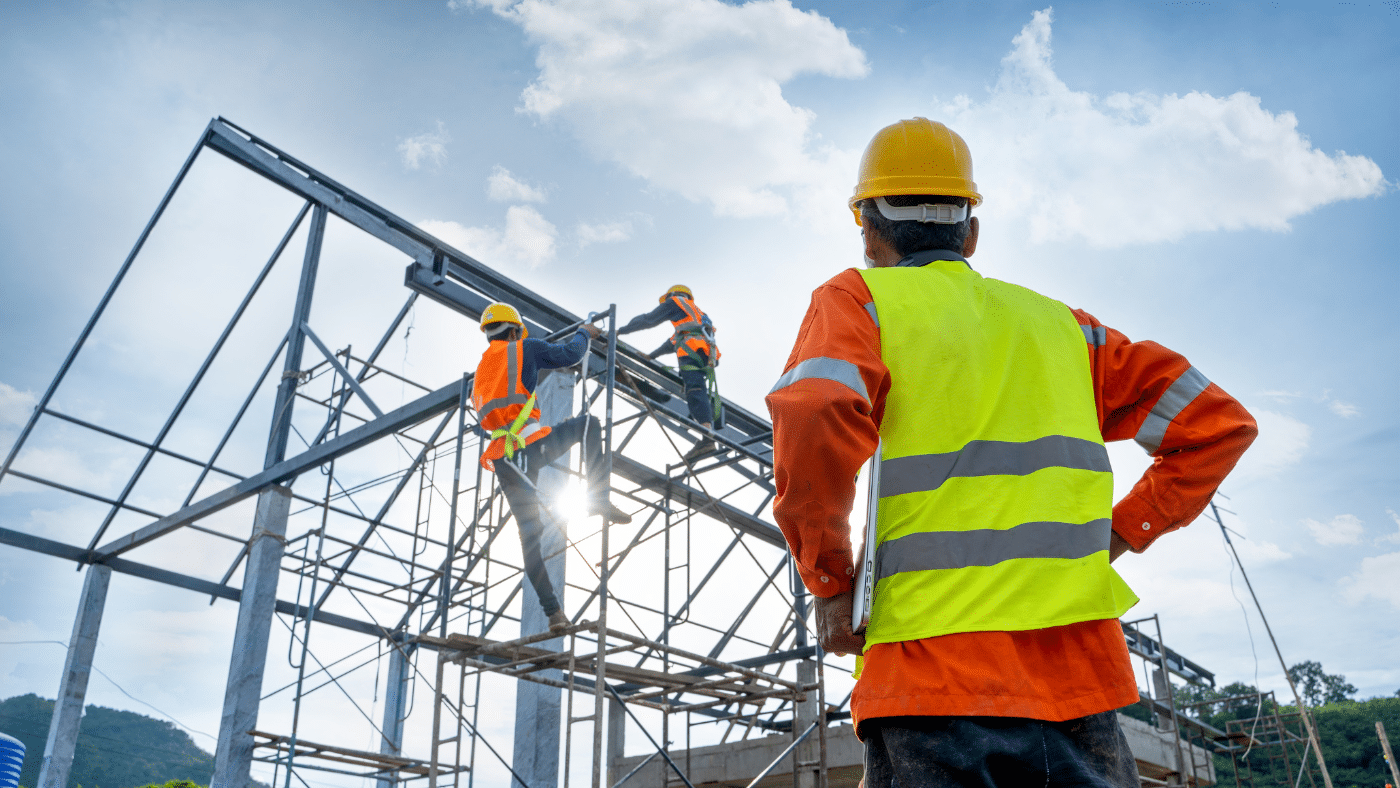At the Edges: Building Envelope Science and Failures in Practice
What is a Building Envelope?
Buildings, in basic terms, are constructed enclosures that provide environmental separation from the outdoors. Our ancestors constructed shelter (buildings) as places to sleep, eat and stay warm and dry. The building envelope includes the exterior walls, roof, and flooring systems of a building. Another way to think of it is to imagine any building as an idealized cube with six sides: the sides of the cube make up the building envelope.
Building envelopes serve several roles in keeping the outside out and the inside in by controlling
- heat loss (or gain)
- air and vapor infiltration
Water infiltration is easy to understand: if the building is meant to be dry, does it stay dry? Heat loss or gain are also straightforward: does the building stay warm in cold climates or cool in warm climates? Vapor and air infiltration, however, are more difficult to spot, unless excessive: does the building “leak” by allowing air or vapor (air-borne moisture) to enter or exit the building?
Resistance to these effects is possible through the management of the flow of water, heat, air, and vapor with components designed to stop or reduce the transfer of these elements. Building science professionals call these components “control layers”.
What are Control Layers and How do They Work?
Control layers are typically a series of building components that provide specific capabilities to manage the passing of heat, water, air or vapor through a building’s roof, wall, and floor assemblies (although floor systems are often overlooked or downplayed in importance in terms of building envelope science).
Water control layers are the most familiar to building occupants and owners. From a water management perspective, the roof is commonly the most critical element since, if a building roof is insufficient in performance, it is likely to leak and building occupants typically notice the effects easily. If a building wall or walls are insufficient, water may also pass through them, but the effects may be less obvious or not evidenced for longer periods. In some buildings, the exterior finish is the predominant water control layer of the exterior walls.
Similarly, the thermal control layer is often easily identified as the thermal insulation inside (or outside) the wall or roof, e.g., fiberglass batt insulation in walls or blown-in fiberglass or cellulose fill in residential attics. Air and vapor control layers can often be seen only when buildings are under construction and include sheet products, such as building paper or Tyvek and fluid-applied products, which are rolled or troweled onto the building exterior prior to installation of the building’s final finish systems.
These control layers are ultimately covered as construction is completed.
Control layers change as materials or elements such as doors and windows are added to buildings. In a window, for example, the window frame, glazing unit, and gasket between the components may all function as control layers – most commonly against water, and occasionally to control air and vapor. Similarly, doors, the door face, window, and gaskets all function to control the flow of water, air, and vapor through the building envelope.
Where are the Most Common Points of Failure in the Building Envelope?
The construction materials we use to build buildings are largely either proven by usage and reliability over time or through extensive formulation and testing – think brick and concrete or thin sheet membrane products like Tyvek. These materials often last for years on their own and material failures are very rare.
Failures in building envelopes occur most often in openings, such as windows and doors, and at joints or transitions between assemblies or building elements such as roof-to-wall intersections or exterior balconies or decks.
A perfect environmentally separated building envelope of the theoretical six-sided cube, however, is an impossibility, if we are to inhabit it. We need doors to go between inside and outside and like windows to let light and air inside. We poke holes in our buildings to allow air in and exhaust it out. We add overhangs to make them more hospitable and balconies and decks to expand the interior living space into the outdoors. We also change the materiality of buildings to suit the environment and add visual interest, so that all buildings do not look alike. Nobody wants to live or work in a building that looks like every other building on the planet.
It is these choices that have consequences on the continuity of building envelopes and the control layers they contain. It is the crafting of the changes, transitions, and appurtenances that determine the success or failure of the building envelope.
What Can Stakeholders Do to Prevent Failures?
How we build buildings today promotes isolation of building trades and systems, which may lead to gaps between the trades – and the assemblies and control layers they are responsible for constructing and installing. In typical construction, one trade is responsible for the wood framing and exterior structural sheathing, another for the exterior siding, another for the windows, another for the doors, another for the insulation, another for the roof covering, and still another for the painting. There are more: we haven’t included who is responsible for adhesives and sealants or the weather resistive barrier required by building codes. In all of these isolated trades, scopes of work, and subcontractor agreements, there are gaps between them. In assemblies, these gaps are often covered or filled by flashings. Flashings are also required by building codes but sequence of installation and compatibility with systems can be an issue. In multi-family construction, for example, a poorly constructed window flashing condition may be repeated hundreds of times across a project.
In design, a few critical details can often determine the success or failure of the exterior envelope. Did the designer contemplate all critical building conditions around the envelope? Has the design professional done enough to communicate clearly the management strategies for control layer continuity?
More importantly, as most of the failures we see occur at the edges of assemblies, proper oversight and coordination of control layers are the best return on investment. Insuring against field errors requires
- engaged project and trade superintendents and general contractors
- required pre-installation conferences for critical systems, mock-ups, and
- water infiltration testing prior to cover up
At VERTEX, we’ve seen enough repeated failures to understand that the more frequently we are involved early in projects – from pre-construction reviews to on-site quality control inspections – the more likely it is that clients will be successful. Our expertise and experience can be invaluable in helping prevent failures before they are built into a project, eliminating the need to investigate failures that have already been bought and paid for and now represent long-term liabilities for designers, builders, owners, and occupants.
For more information on best practices in the science of building envelopes and designing, installing and maintaining control layers to keep the outside, out, contact Ted Isbell, call 888.298.5162 or submit an inquiry.




